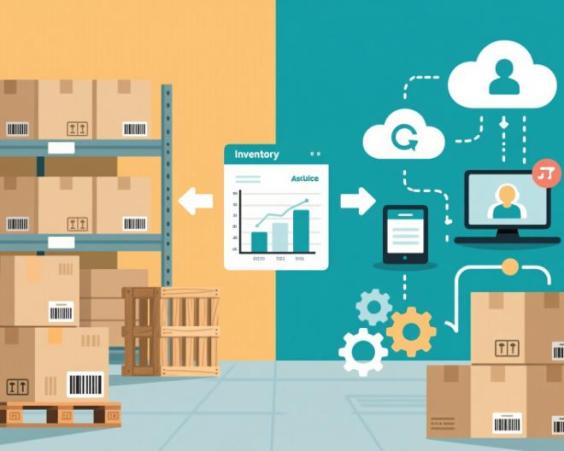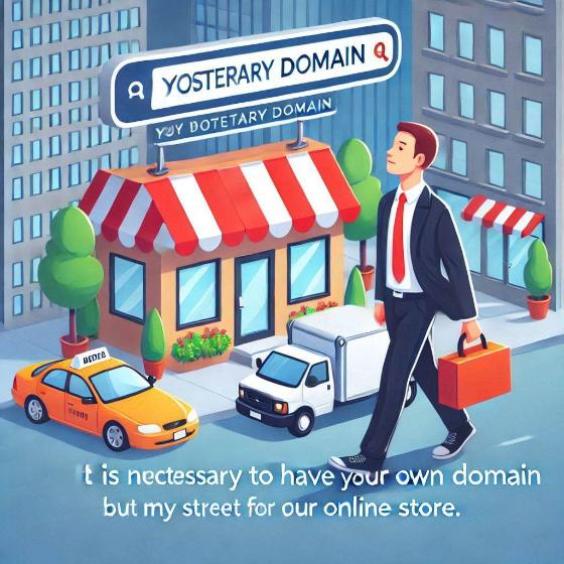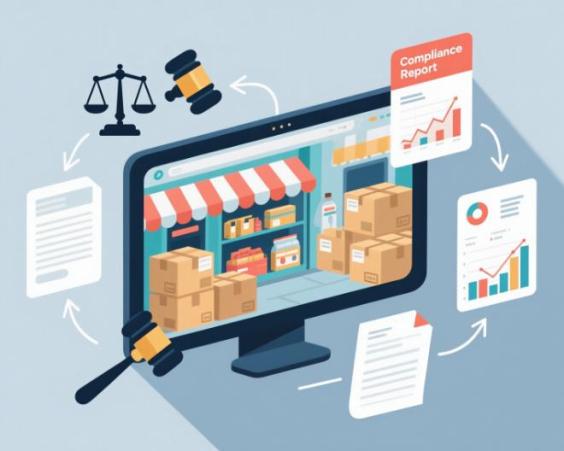The Role of LTV (Customer Lifetime Value) in Your Marketing Strategies
In the world of marketing, it is essential to understand the value that each customer brings to our company over time. The Lifetime Value of the Customer (LTV, for its acronym in English) is a key indicator that helps us measure the potential value of a customer throughout its life cycle. In this article, we will explore the role of LTV in your marketing strategies and how it can help you make informed decisions to maximize the value of your customers.

What is LTV?
LTV is an indicator that calculates the total value that a customer can bring to our company throughout its life cycle. It is calculated by considering factors such as the value of the purchases made, the frequency of purchase, the duration of the relationship with the customer, and the cost of acquisition and retention of the customer.
Formula to calculate LTV
The formula to calculate LTV is as follows:
LTV = (Average sales value x Purchase frequency x Relationship duration) - Cost of acquisition and retention of the customer
For example, if a customer buys products worth $100 every 3 months for a period of 2 years, and the cost of acquisition and retention of the customer is $50, the LTV would be:
LTV = ($100 x 4 x 2) - $50 = $750
Why is LTV important in marketing?
LTV is fundamental in marketing because it helps us understand the potential value of each customer and make informed decisions to maximize that value. Some of the reasons why LTV is important in marketing are:
- Marketing investment optimization: By knowing the LTV, we can decide how much to invest in marketing to attract and retain high-potential value customers.
- Customer segmentation: LTV helps us identify the most valuable customers and segment them to offer them personalized experiences and increase their loyalty.
- Improving the customer experience: By understanding the potential value of each customer, we can design customer experiences that adapt to their needs and preferences.
- Reducing the cost of acquisition and retention: By knowing the LTV, we can identify areas for improvement to reduce the cost of acquiring and retaining customers.
Strategies to increase LTV
There are several strategies you can implement to increase the LTV of your customers. Some of them are:
- Offering additional products and services: Identify opportunities to offer additional products and services that adapt to the needs of your customers.
- Creating loyalty programs: Design loyalty programs that reward your customers for their loyalty and offer them exclusive benefits.
- Improving the customer experience: Design customer experiences that adapt to the needs and preferences of your customers.
- Reducing the cost of acquisition and retention: Identify areas for improvement to reduce the cost of acquiring and retaining customers.
LTV is a key indicator that helps us understand the potential value of each customer throughout its life cycle. By calculating the LTV, we can make informed decisions to maximize the value of our customers and increase the profitability of our company. By implementing strategies to increase LTV, we can improve the customer experience, reduce the cost of acquisition and retention, and increase the loyalty of our customers.






